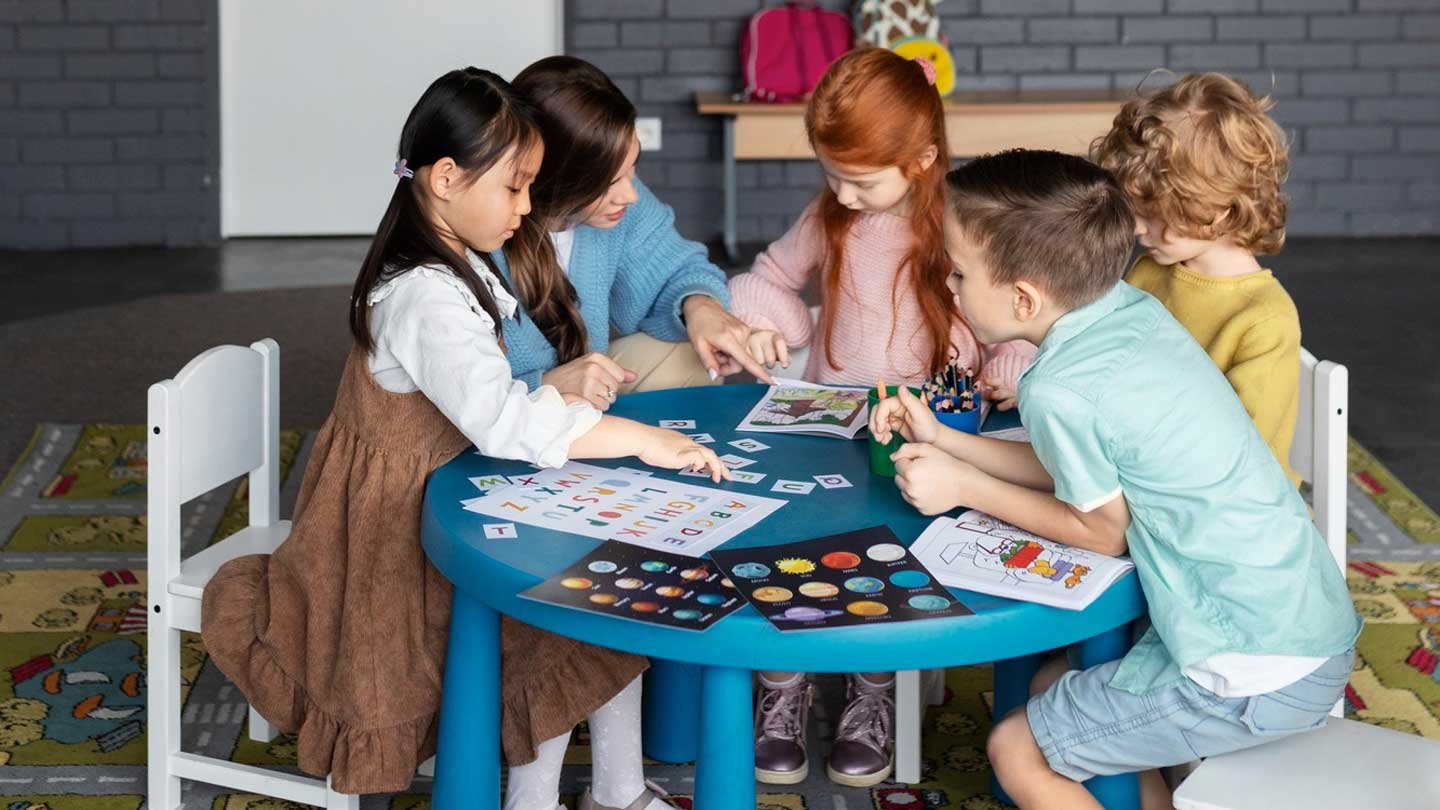In the present steadily changing instructive landscape, cultivating empathy and growth in students has become more basic than at any time in recent memory. Customary disciplinary techniques may not necessarily, in all cases, address the main drivers of social issues, prompting separation and emotional misery.
Restorative practices offer an extraordinary methodology that revolves around major areas of strength for building, fixing hurt, engaging student voices, developing emotional intelligence, and integrating technology.
We should dive into these areas and find how they can establish a positive and sustaining learning environment for all. Therefore, continue reading before you look for restorative teaching practices.
Building Strong Relationships
At the core of restorative practices lies the conviction that positive relationships are crucial to making a flourishing school in the local area. Instructors, students, and guardians team up to fabricate a protected and steady environment where everybody feels regarded and esteemed.
Customary registrations and restorative circles give chances to open correspondence, cultivating trust and understanding. In such a comprehensive setting, they become more ready to offer their viewpoints and feelings, empowering further opportunities for growth and self-awareness.
By effectively participating in these relationship-building exercises, students are bound to feel a feeling of having a place and association with their friends and teachers.
Repairing Harm And Restoring Relationships
One of the center standards of restorative practices is to address mischief and struggle in a manner that advances understanding and mending as opposed to discipline.
At the point when episodes happen that adversely influence the school’s local area, the center moves from appointing fault to effectively including all gatherings in tracking down arrangements.
This interaction frequently worked with through restorative meetings, permits those required to communicate their sentiments and points of view, encouraging empathy and sympathy.
By empowering students to get a sense of ownership with their activities and the outcomes they might have caused, restorative practices help fix the mischief and reestablish the harmed relationships.
Empowering Student Voices
Restorative practices give students a significant voice in forming their instructive experience. By including them in dynamic cycles, for example, laying out homeroom rules, defining objectives, and taking part in compromise, students feel a feeling of responsibility and organization inside the school’s local area.
This strengthening helps their confidence as well as urges them to play a more dynamic job in their learning process. When students realize that their viewpoints are esteemed and regarded, they become more connected with and focused on their investigations.
Besides, having something to do with the standards and strategies that oversee their school environment cultivates a feeling of obligation and responsibility among students, as they comprehend that their activities can straightforwardly impact the local area, they are a piece of.
Cultivating Emotional Intelligence
Emotional intelligence is a basic expertise that adds to students’ general prosperity and outcomes throughout everyday life. Restorative practices make a strong space where students can investigate and foster their emotional intelligence.
Through ordinary registrations and restorative circles, students are urged to distinguish and communicate their feelings in a safe and non-critical environment.
By perceiving and understanding their sentiments, they become better prepared to oversee and direct their feelings, prompting more good cooperation with their companions and instructors.
Integrating Restorative Technology
In our undeniably tech-driven world, integrating technology into students engagement in online learning can enhance their effect and reach. Advanced apparatuses and stages can smooth out the execution of restorative circles.
Online specialized devices work with open discourse and mediation between students, empowering compromise in any event when actual presence is incredible.
Furthermore, technology permits teachers to keep tabs on student’s development in the therapeutic cycle, assisting them with offering customized help and mediation was vital.
Conclusion
Restorative practices offer a strong framework for changing schools into compassionate and growth-situated networks. You must be focusing on areas of strength, fixing hurt, enabling student voices, developing emotional intelligence, and integrating technology.
As we keep on adjusting to the steadily changing instructive landscape, let us embrace restorative practices and support an age of merciful and versatile students who will certainly influence the world around them.
Thus, teachers can establish a comprehensive and strong learning environment where each student can flourish. Together, how about we encourage empathy and growth in schools, engaging our students to arrive at their maximum capacity?

